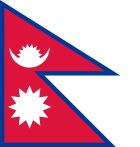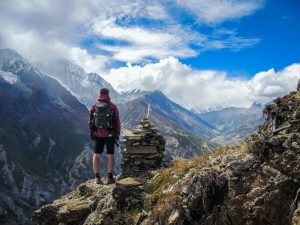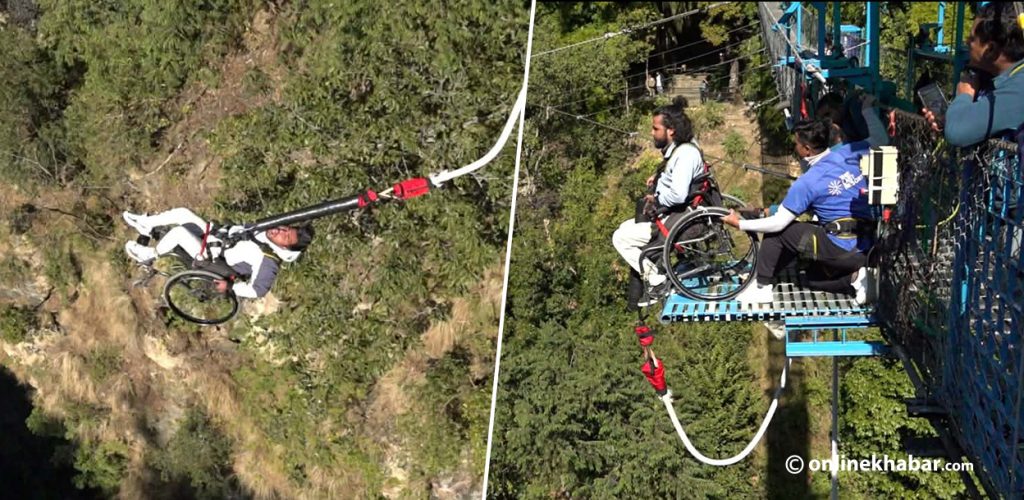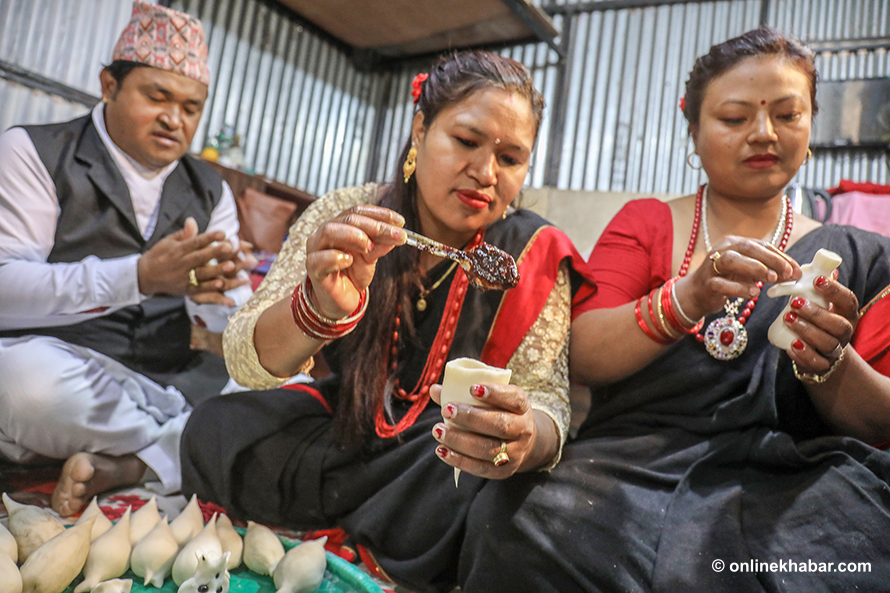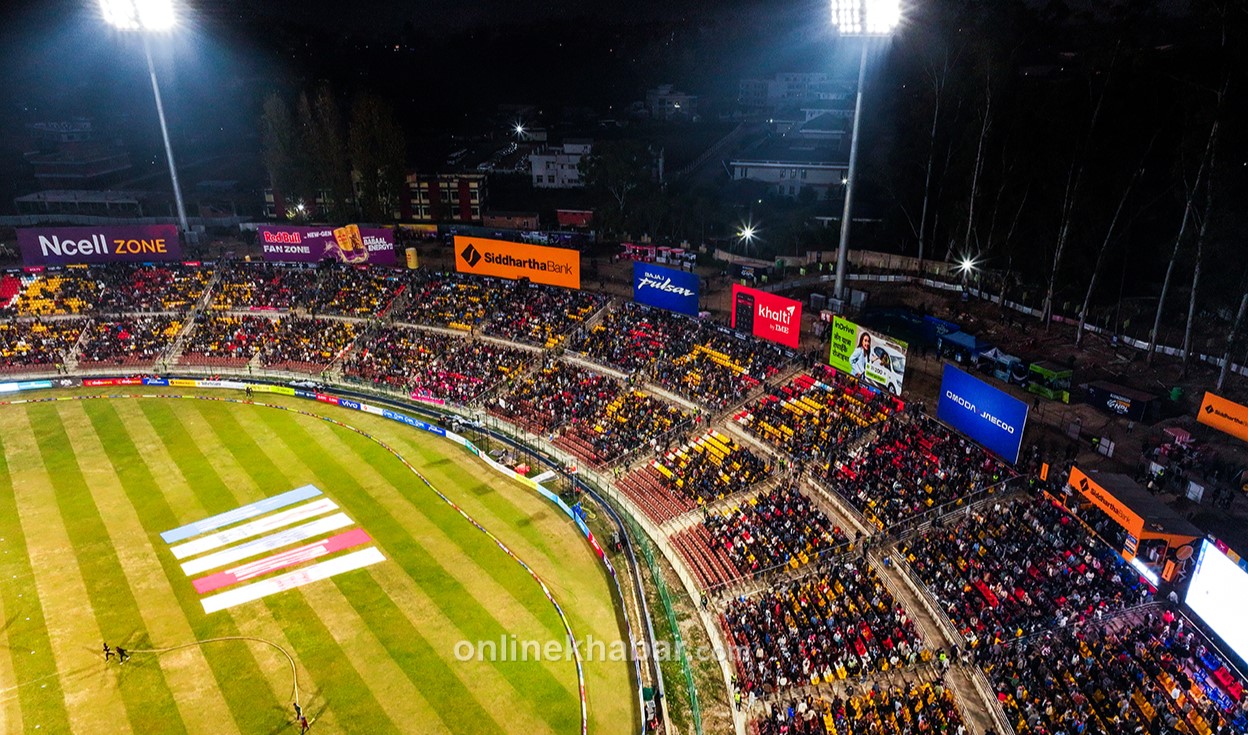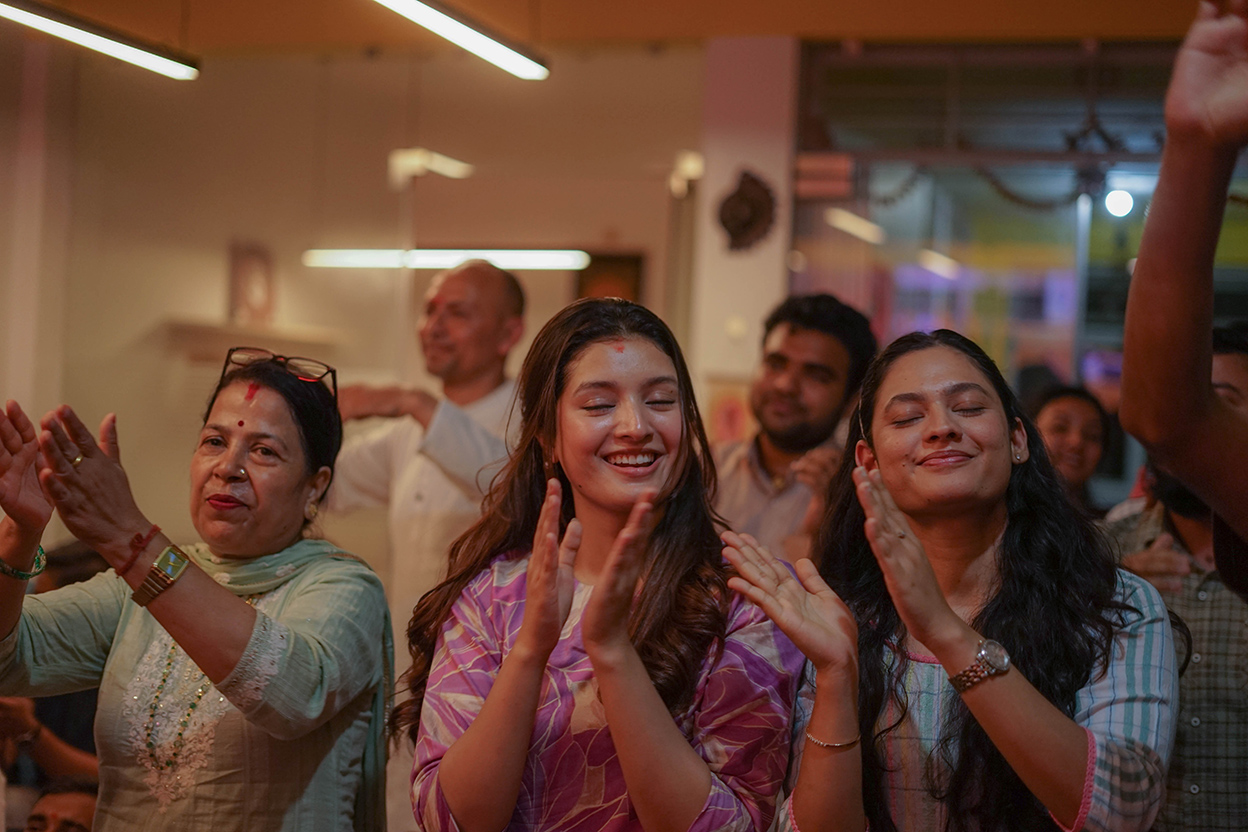
On the night of October 28, a Nepali woman trekking along the Annapurna trail fell ill due to altitude sickness at the Machhapuchhre Base Camp.
As she struggled to breathe, hotel operators rescued her and carried her down from the base camp, situated at 3,700 meters above sea level. By the time she reached Dovan around 12:30 am, she was still semi-conscious.
“She had fallen sick from altitude sickness, so we brought her down that night,” said Dovan hotelier Chhutman Gurung. “We let her rest in the hotel courtyard for a while, but she didn’t recover, so we decided to take her further down.”
With help from the hotel staff, the woman was carried overnight to Sinuwa. “She regained consciousness after reaching Sinuwa,” said rescuer Uttam Shrestha.
The woman had suffered from high-altitude sickness at 3,700 meters. “She collapsed due to altitude sickness. Fortunately, she was brought down immediately. Climbing too high too fast without rest causes such problems,” Shrestha said.
A few days earlier, on October 24, 35-year-old Surajman Shrestha, who had gone trekking alone from Kathmandu, died of altitude sickness while resting at Deurali along the same trail. “If he had been rescued earlier, my brother would have survived,” said his sister Shruti Shrestha, lamenting, “Our family has lost its pillar.”
On October 25, another young woman collapsed while trekking to the Annapurna Base Camp after walking for 10–12 hours in a single day. Exhausted and unable to breathe, she was carried by her friends to Deurali. They left her there and continued towards the base camp. “We had walked too much on the first day 10 to 12 hours,” said one of her companions.
Shortly afterward, another member of the same group was also unable to continue and had to stop midway. The group continued on to the base camp, returning the next day, while two of their companions were left behind, suffering from altitude sickness.
“Many Nepali trekkers collapse when they climb two or three thousand meters in one go,” said local resident Suman Gurung.
On November 3, Indian national Pintu Mukherjee died of altitude sickness during a trek in Manang. Police said he had fallen ill in Ledar and died before reaching a health post.
A porter from Nuwakot, 49-year-old Samba Ghale, also died of altitude sickness in Yak Kharka, Manang, while returning after carrying loads for foreign trekkers.
Foreigners, too, have died from altitude sickness. On October 28, 49-year-old Australian national Chan Chin Tark died of altitude sickness while attempting to climb Himlung Himal in Narpa Bhumi Rural Municipality-5.
By November 3, six people had died of altitude sickness in Kaski and Manang districts five in Manang and one in Kaski, according to DSP Hari Paudel, chief of Manang Police.
Most victims were domestic tourists. “Altitude is no joke. Nepali trekkers often underestimate it and die from exhaustion and altitude sickness,” said hotelier Akash Gurung. “You can’t just say, ‘I’ll manage.’ You need to balance your pace.”
72 deaths in 6 years

According to the National Disaster Risk Reduction and Management Authority (NDRRMA), 257 altitude sickness incidents have been recorded in the past six years, resulting in 72 deaths and 210 illnesses.
In the first six months of the current fiscal year (2082/83 BS), 19 people have already died from altitude sickness across Nepal. From April to mid-October alone, 61 cases were reported, with 19 deaths and 45 illnesses.
In fiscal year 2081 BS, there were 113 cases and 25 deaths; in 2080 BS, 60 cases and 15 deaths; in 2079 BS, 16 cases and nine deaths; in 2078 BS, six cases and three deaths; and in 2077 BS, one case and one death.
“Locals don’t suffer from altitude sickness because they’re accustomed to the climate, but trekkers do,” said NDRRMA spokesperson Shanti Mahat. “People from lower altitudes who suddenly ascend to Himalayan regions face high risks because their bodies haven’t acclimatized.”
Officials say most victims are Nepalis. “Domestic trekkers often ignore safety rules,” said trekking guide Krishna Rai. “They don’t follow proper trekking culture. Instead of walking five to six hours a day, they walk 10 to 12.”
“The slower you go, the safer you are that’s the real medicine for trekking,” Rai added. “Nature can’t be conquered. You have to respect it rest, acclimatise, and move gradually.”
How altitude sickness affects the body

Doctors say altitude sickness can severely damage the brain, lungs, and heart. At high altitudes, oxygen levels drop, causing a condition known as “acute mountain sickness.”
“When oxygen saturation decreases, the body reacts,” explained Dr Prakash Budhathoki, spokesperson for the Ministry of Health. “Above 2,500 meters, the risk increases. Rapid ascent reduces oxygen, affecting vital organs.”
Symptoms include headache, dizziness, drowsiness, nausea, diarrhea, and loss of balance. “If symptoms aren’t recognised in time, death can occur,” Dr Budhathoki said. “Those from the plains should never trek alone always in groups.”
Smoking and alcohol consumption further increase the risk. “They reduce oxygen absorption and bring people closer to death,” he warned.
Hypothermia: The hidden threat
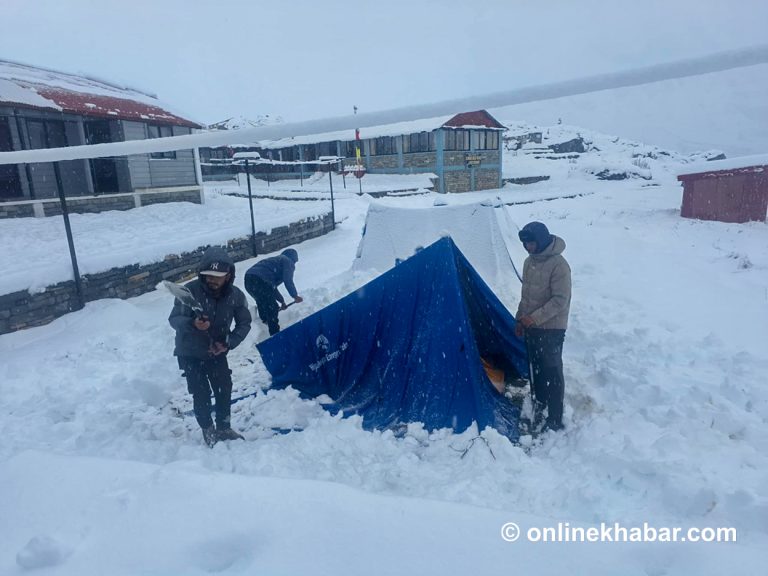
Doctors also warn of hypothermia, which occurs when body temperature drops below 35°C. “At 26°C, you lose consciousness; at 25°C, death occurs,” Dr Budhathoki said.
To prevent hypothermia, trekkers should wear multiple layers, stay warm near a ventilated fire, and consume hot, liquid foods but avoid tea and coffee. “Body temperature must be raised gradually,” he advised.
No standards, no monitoring

Nepal has no official standard for how much distance or altitude one should cover per day. Trekkers follow their own routines, often ignoring precautions.
Foreign trekkers, however, follow international standards, such as those set by the US Centers for Disease Control and Prevention (CDC), which recommend ascending 300 meters per day up to 4,000 meters, and 150 meters per day beyond that.
“The CDC standard is widely followed internationally, but Nepal has not adopted it officially,” Dr Budhathoki said.
Nepali trekkers, meanwhile, travel without permits or guides. “There’s no monitoring after entry registration at checkpoints,” said Tourism Department Director Liladhar Awasthi. “Domestic trekkers follow no rules they trek on their own.”
Senior Nepal Tourism Board Director Maniraj Lamichhane emphasised the urgent need for awareness and regulation. “Without proper guidelines, domestic trekkers will keep dying, and foreign tourists will start feeling unsafe,” he said. “Deaths and negative reports could harm Nepal’s tourism image. The government must act.”
Nepalis began trekking in significant numbers only after the 2011 ‘Nepal Tourism Year,’ which promoted the slogan ‘Visit Nepal First, Then Abroad’. But while the passion for adventure has grown, so have fatalities caused by unregulated, unsafe trekking practices.
Avalanche risks remain high
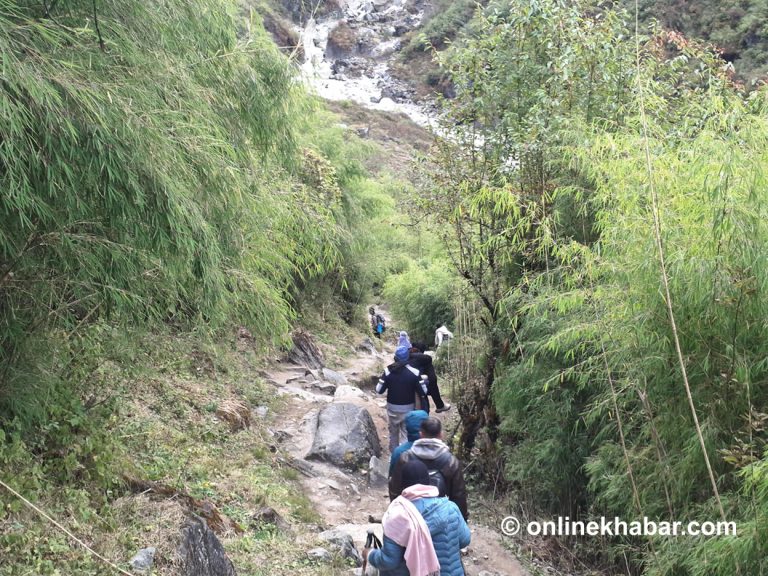
Recently an expedition team attempting to climb Yelung Ri (5,630m) in Gaurishankar Rural Municipality-9, Dolakha, was hit by an avalanche. Four foreign climbers went missing, while three people two Nepalis and one foreigner died, and five Nepalis were injured.
Similarly, Italian climbers Stefano Faronato (51) and Alessandro Caputo (28) died in an avalanche on Pangbari Himal in Gorkha’s Chumnubri Rural Municipality-1.
According to NDRRMA, six avalanche incidents occurred in fiscal year 2081BS, killing three and leaving three missing. In 2080 BS, seven avalanches killed 12 and injured five. In 2079 BS, five avalanches killed three, left three missing, and injured 11. In 2078 BS, seven avalanches killed six and injured 12.
Experts urge trekkers to check weather forecasts before starting their journeys. “Understanding the weather before heading out can save lives,” they said.

